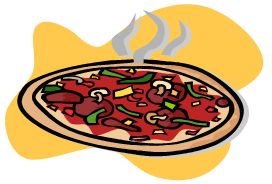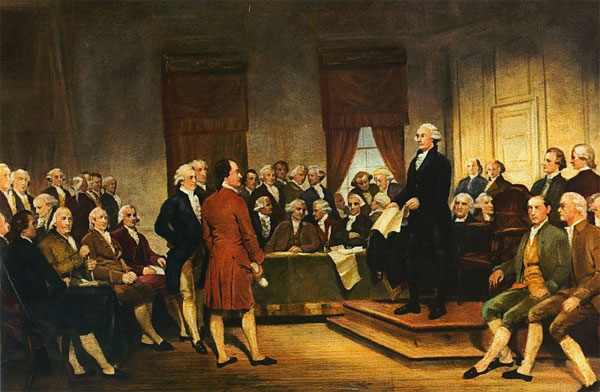

Have you ever had a disagreement with someone about what you should do? Maybe you were arguing with a friend over what topping to get on your pizza or where to go hang out after school on a Friday. How did you resolve it? Did one person get his or her way, or did you find a way to compromise?
A compromise is a solution to a disagreement in which both sides get some of what they want. A classic compromise over a pizza is to get half of the pie with one topping and the other half with another. Both sides give up something (half a pie), but the result is something each can live with – and eat.
The creation and ratification of the Constitution required a series of compromises. During the Constitutional Convention, there were disagreements over the structure of Congress and how to count the population for the purposes of determining representation. Once the convention was over, there was a second fight among the states over ratification. People disagreed about the power given to the central government and the lack of a bill of rights.

Source: Washington Constitutional Convention 1787, Wikimedia,
These disagreements were addressed through compromise. In this lesson, you will learn about some of the compromises that allowed the delegates to agree upon what became the most successful blueprint for representative government of all time -- the U.S. Constitution.